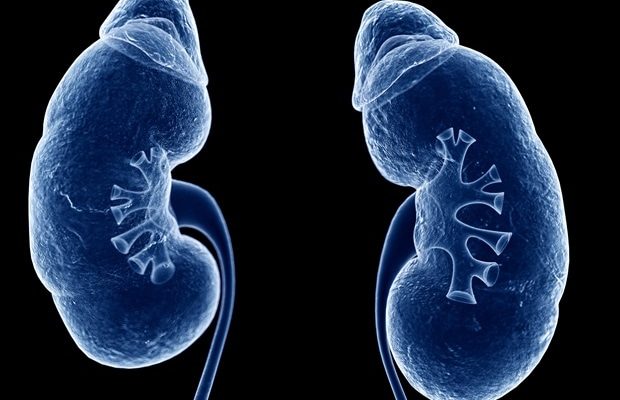The number of Australians receiving kidney replacement therapy more than doubled between 2000 and 2020, from 11,700 to 27,700.
The AIHW report, Chronic kidney disease: Australian facts shows that over half (53% or 14,600) of those receiving kidney replacement therapy were on dialysis and the remainder (47% or 13,100) had functioning kidney transplants that required ongoing follow up care.
‘Chronic kidney disease refers to conditions of the kidney affecting the filtration and removal of waste from the blood for 3 months or more. It is estimated that 1.7 million Australians are living with early signs of kidney disease, but many Australians are unaware due to the initially asymptomatic and progressive nature of chronic kidney disease,’ said AIHW spokesperson, Miriam Lum On.
‘Kidney failure is the most severe form of chronic kidney disease. It occurs when the kidneys can no longer function adequately, at which point people require either dialysis or a kidney transplant to survive.’
Dialysis was the most common reason for hospitalization in Australia in 2019–20, with around 1.5 million hospitalizations (accounting for 14% of all hospitalizations in Australia). Each dialysis treatment is recorded as a hospitalization, with most people undergoing 3 dialysis treatments per week.
Chronic kidney disease is a significant health issue among Aboriginal and Torres Strait Islander people. Around 2,500 Indigenous Australians with kidney failure received kidney replacement therapy in 2020, a rate of 284 per 100,000, with more than 1 in 4 (26%) receiving treatment close to home.
A total of 885 kidney transplant operations were performed in Australia in 2020, with 9 in 10 being for first time recipients. Of all transplanted kidneys, 704 (80%) were from deceased donors and 181 (20%) were from living donors.’
Miriam Lum On, AIHW Spokesperson
Not all people with kidney failure choose to undergo kidney replacement therapy, opting to receive comprehensive care with a focus on quality of life, symptom control and end-of-life care. The vast majority of these people are aged over 75.
‘The COVID-19 pandemic substantially impacted organ donation and transplantation activity in Australia. Pauses in transplant surgery particularly affected those with chronic kidney disease, as more than half of transplanted organs are kidneys.’
In response to COVID-19 restrictions, adult kidney transplant programs were suspended from 24 March 2020 to mid-May 2020. This resulted in an 18% drop in the number of kidney transplants from deceased donors in 2020 compared with 2019 (704 and 857 transplants, respectively). There was a further decrease of 6.8% in 2021 compared with 2020 (656 transplants).
Donations from living donors are classified as elective surgery, therefore pauses in elective surgery affected the number of transplants from living donors. There was a 24% drop in living kidney donors in 2020 (182 donors), while in 2021, the number of living kidney donors rose by 12% (202 donors) from the previous year.
Ms. Lum On noted that some groups were more likely to experience higher rates of chronic kidney disease.
In 2020, people in the lowest socioeconomic areas were 1.7 times more likely to undergo kidney replacement therapy than those in the highest socioeconomic areas (122 and 74 per 100,000 population). People living in Remote and very remote areas were 2.6 times as high than those living in Major cities (249 and 94 per 100,000 population).
Today’s report is accompanied by real life case studies, profiling experiences of those living with chronic kidney disease.
Australian Institute of Health and Welfare
Posted in: Medical Procedure News | Healthcare News
Tags: Blood, Chronic, Chronic Kidney Disease, covid-19, Dialysis, Elective Surgery, Kidney, Kidney Disease, Kidney Failure, Kidney Transplant, Organ Donation, Pandemic, Surgery, Transplant
Source: Read Full Article
